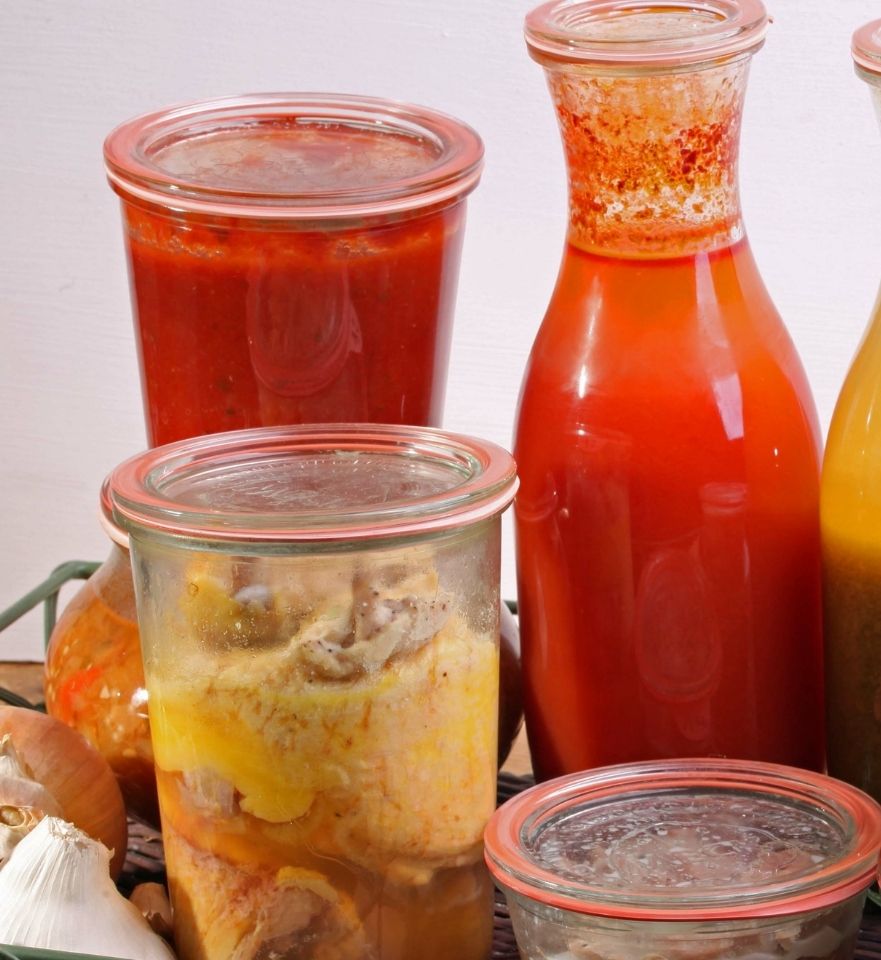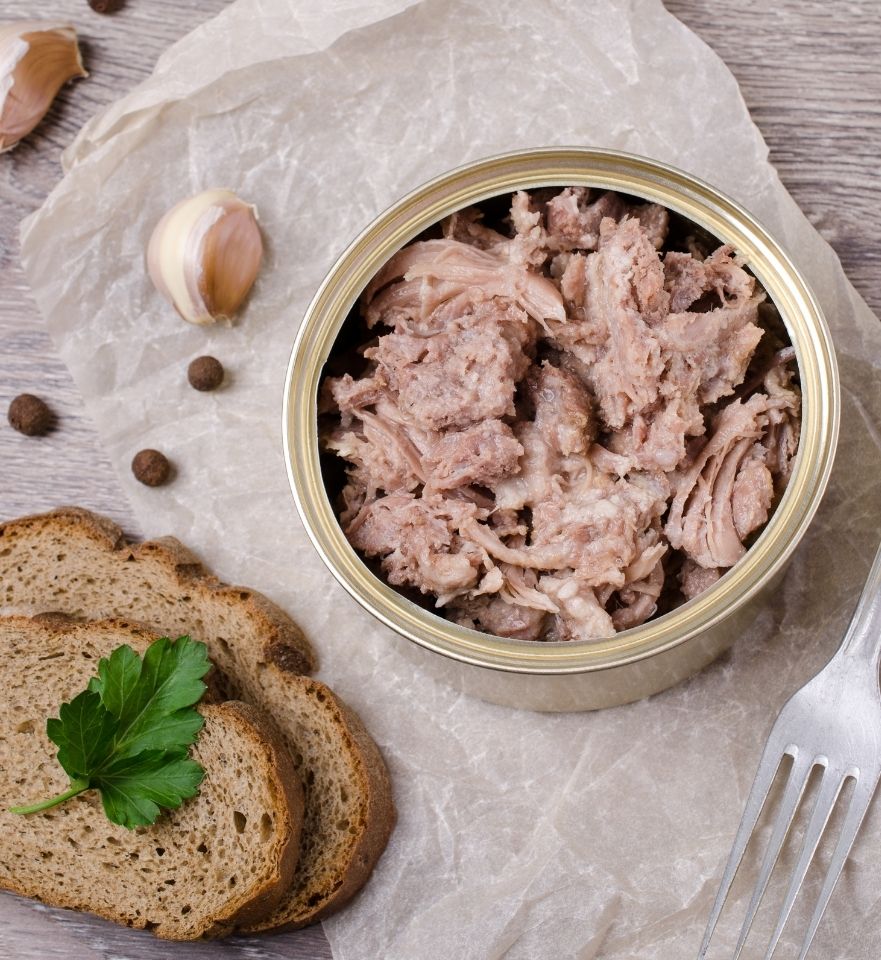Training: running a canning business
The CTCPA, Centre Technique de la Conservation des Produits Agricoles, offers you the "Running a canning business" certification course to train you as a canner. Would you like to work in a cannery, open your own artisanal cannery, or simply learn how to make preserves?
The CTCPA assists you in the development and validation of heat treatment scales: mapping of chambers, validation of scales, development and optimization of scales, microbiology stability controls...
Cannery training program
Part 1: Prerequisites for the manufacture of canned goods
The regulation around the canned goods:
- Overview of the regulations to which the various vegetable and animal food productions are subjected (hygiene package, sanitary approval file, labelling, weight control...)
- Definition of a can
- External actors; health authorities; the analysis laboratory
The quality principles around preserves :
- The sanitary control plan;
- Hygiene and health safety procedures; HACCP; traceability
- Good Hygiene Practice Guides
- Cleaning and disinfection
Part 2: The principles of sterilization
- Basics of food microbiology
- Establishment / validation of heat treatment schedules
- Critical parameters for applying a scale
- Autoclave instrumentation
Part 3: Canned food packaging
- The main types of packaging (jars, boxes, plastic...)
- Choice of packaging
- Conformity of the sealing: the controls to be carried out the controls of the finished products
- Validation of CSDs/USDs
- Physico-chemical analysis: pH, texture, color
- Stability test
REALIZATION OF TP for the manufacture of products and their packaging.
Part 4: Safe operation of the autoclave
- Manufacture of food products
- Demonstration of the use of an autoclave
- Safety instructions
- REALIZATION OF WORKSHOP: heat treatment of the manufactured products and control of the autoclave.
Part 5: Elements for the constitution of a business plan
- The stages of your project
- Evaluation of equipment investment levels
- Additional purchases: fluids, raw materials


Educational objectives and method
Objectives
- Identify the technical constraints, the necessary organization of the production (treatment of the product and process) as well as the management methods essential to the respect of food safety.
- Be able to make and sterilize canned goods
- Be able to operate a vertical static autoclave (for your self-habilitation)
- Facilitate the reflection on the setting up of a transformation project in relation with its budget
Method
- Lectures, slide shows, exercises and practical work, films, role plays
- Exchange of experiences and discussions
- Lunch meetings with the speakers
- Provision of documentation and training materials
- Issuance of a training certificate.
Knowledge assessment and certification
- Assessment of knowledge by MCQ and/or case study
- Issuance of a certificate of training
- The operator is responsible for authorizing the use of the autoclave.
Within the framework of a financing by the CPF / of a certification: Certification exam: Knowledge questionnaire + Simulation exercise in a technology hall. Duration about 1 hour. The results will be examined by a Jury
.


Implementation and follow-up of the training
Before the training:
The participants are invited to express their level of knowledge on the subject and their expectations in the form attached to the registration form so that the trainer can take into account the individual objectives of each one and adjust the content of the training according to it.
If the elements expressed do not correspond to the objectives and the basic content of the training, the concerned participants will be informed in order to direct them towards another training or another modality.
Training Start:
During the round table discussion, participants are invited to express their level of knowledge on the subject and their expectations in order to validate the adequacy between individual objectives and those of the training.
End of training:
Each trainee completes a satisfaction questionnaire which will be handed in at the end of the training.
Attendance sheets signed by the trainees for each half-day and co-signed by the trainer at the end of the training.
A satisfaction questionnaire is sent to the training sponsor. It allows to measure the degree of satisfaction once the trained employee has implemented his knowledge in the professional environment.





